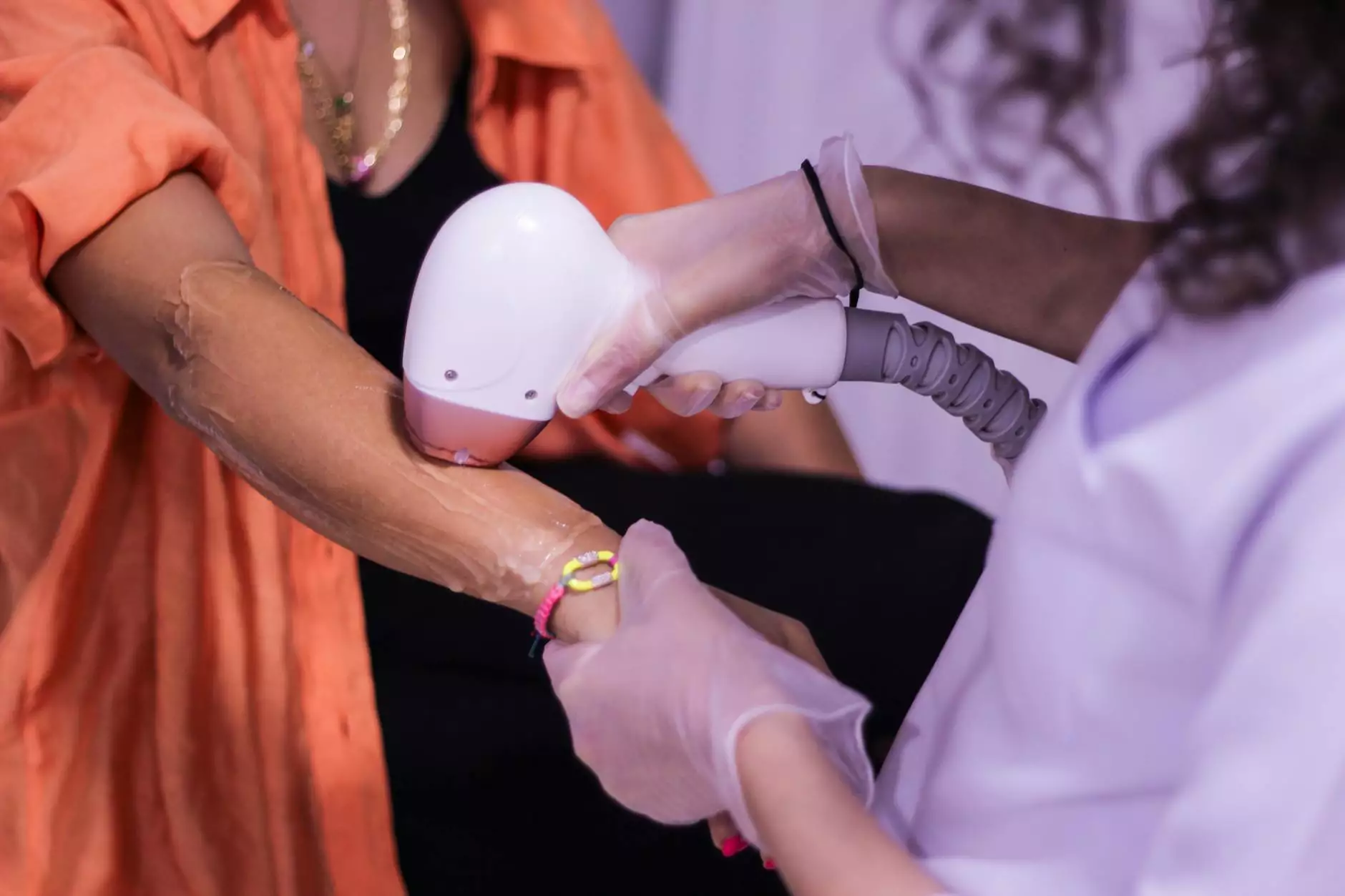Understanding Ovarian Cancer and Salpingo-Oophorectomy: A Comprehensive Guide

Ovarian cancer represents one of the most challenging diagnoses for women in the realm of health and medicine. It is crucial to understand this complex disease and the surgical options available for management and treatment. One of the vital procedures often employed when facing ovarian cancer is a salpingo-oophorectomy, which involves the removal of one or both ovaries along with the fallopian tubes. This article aims to detail the intricacies of ovarian cancer, the salpingo-oophorectomy procedure, and the necessary considerations for patients and their families.
What is Ovarian Cancer?
Ovarian cancer occurs when abnormal cells in the ovaries grow uncontrollably. The ovaries, which are part of the female reproductive system, play a critical role in producing eggs and hormones such as estrogen and progesterone. There are several types of ovarian cancer, but the most common include:
- epithelial ovarian cancer: starts in the outer layer of the ovaries.
- germ cell tumors: begin in the egg-producing cells.
- stromal tumors: arise from the connective tissues that support the ovaries.
Symptoms and Risk Factors of Ovarian Cancer
The symptoms of ovarian cancer may often go unnoticed, leading to late-stage diagnoses. Common symptoms include:
- Abdominal bloating or swelling
- Quickly feeling full when eating
- Pelvic discomfort or pain
- Urinary urgency or frequency
- Changes in bowel habits such as constipation or diarrhea
Risk factors for developing ovarian cancer may include:
- Family history of ovarian or breast cancer
- Genetic mutations, particularly BRCA1 and BRCA2
- Age, with a higher incidence in women over 50
- Hormonal replacement therapy post-menopause
Diagnosis of Ovarian Cancer
The diagnosis of ovarian cancer typically involves a combination of physical examinations, imaging tests, and laboratory tests. Healthcare providers may perform:
- Pelvic examinations to assess any abnormalities.
- Ultrasound or other imaging tests to visualize the ovaries.
- CA-125 blood test to look for elevated levels of a tumor marker.
- Biopsy to confirm the presence of cancerous cells.
Salpingo-Oophorectomy: A Key Surgical Option
When diagnosed with ovarian cancer, a salpingo-oophorectomy is often recommended. This surgical procedure can vary in scope:
- Unilateral salpingo-oophorectomy: removal of one ovary and one fallopian tube.
- Bilateral salpingo-oophorectomy: removal of both ovaries and both fallopian tubes.
- Total abdominal hysterectomy with salpingo-oophorectomy: removal of the uterus along with both ovaries and tubes.
Reasons for Salpingo-Oophorectomy
The primary reasons for performing a salpingo-oophorectomy include:
- Treatment for ovarian cancer: It aims to eliminate cancerous growths.
- Preventive measures: Especially for women with significant family histories of ovarian or breast cancer.
- Management of benign ovarian disorders: Such as cysts or tumors that might cause complications.
The Salpingo-Oophorectomy Procedure
The surgical process begins with a thorough evaluation and preparation which includes:
- Medical assessments to ensure the patient is fit for surgery.
- Preoperative education to prepare the patient for what to expect during and after the surgery.
- Anesthesia administration, typically general anesthesia, to ensure the patient is comfortable during the procedure.
Surgical Techniques
Surgeons may utilize different surgical methodologies for a salpingo-oophorectomy, which can affect recovery times:
- Open surgery: Involves larger incisions in the abdomen. It is often necessary for extensive cancer.
- Laparoscopic surgery: A minimally invasive technique that employs small incisions and specialized instruments, resulting in reduced recovery time and scarring.
Recovery and Aftercare
After a salpingo-oophorectomy, patients can expect varying recovery experiences:
- Hospital stay: Typically, one to two days depending on the surgical type and individual healing.
- Pain management: Patients may experience discomfort, usually managed with medications.
- Activity restrictions: While movements may be limited initially, patients are generally encouraged to gradually resume normal activities.
- Follow-up care: Regular visits to the healthcare provider are essential to monitor recovery and address any concerns.
Possible Complications of Salpingo-Oophorectomy
Like any surgical procedure, a salpingo-oophorectomy carries some risks:
- Infection at the incision site.
- Blood clots may develop.
- Anesthesia complications are possible.
- Long-term effects, such as hormonal changes if both ovaries are removed.
Long-term Considerations Post-Surgery
Undergoing a salpingo-oophorectomy has lasting implications, especially for women's health. The removal of ovaries leads to menopause if both are affected, with symptoms including:
- Hot flashes
- Night sweats
- Mood swings
- Vaginal dryness
Women are encouraged to speak with their healthcare providers about hormone replacement therapy options if experiencing menopausal symptoms post-surgery.
Conclusion
Navigating the diagnosis of ovarian cancer and the subsequent decision to undergo a salpingo-oophorectomy can be overwhelming. However, understanding the disease, the surgical options, and the comprehensive care needed post-operation can empower women and their families in making informed decisions. This proactive approach not only addresses medical issues but also encourages emotional and psychological resilience in the face of such difficult health challenges.
If you or a loved one is facing a diagnosis related to ovarian cancer, consult healthcare professionals, like those at drseckin.com, to explore treatment options, surgical procedures, and support systems that can help you navigate this journey.
ovarian cancer salpingo-oophorectomy








